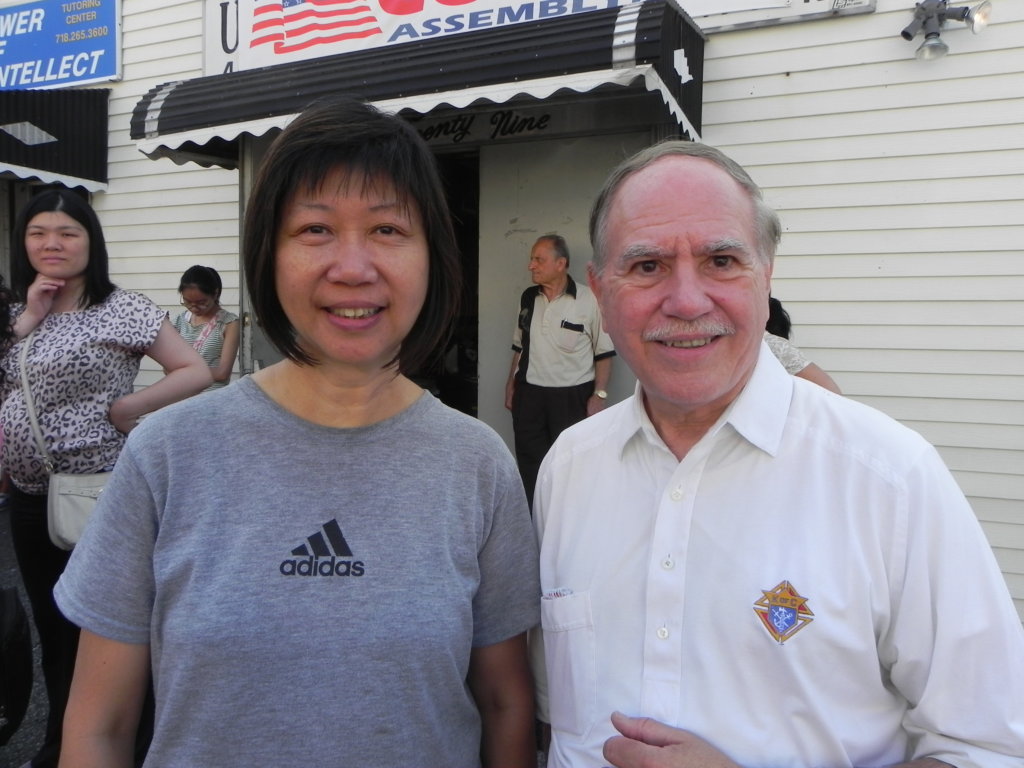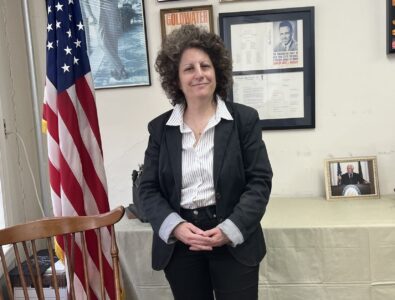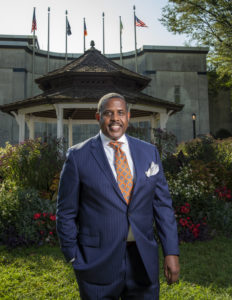Subway station visits, walking streets brings him close to voters
The 2020 Census will do more than count the number of people living in America. It will also usher in the start of a redistricting process at the state government level as new maps are drawn to re-establish State Senate and Assembly districts that reflect population shifts since the last Census in 2010.
Re-districting is one of those words that make voters’ eyes glaze over from boredom. But it’s important because it determines whose district a constituent lives in and which elected official represents them. A voter could wake up one morning and find themselves in a different Assembly district without having moved.
The re-districting process is expected to be completed in time for the 2022 elections.
Assemblymember William Colton, a Democrat who represents Brooklyn’s 47th Assembly District, said he thinks the map of his district is likely to be re-drawn. “I think this district has grown in population. The average number of people in each of the assembly districts is 130,000. I think we have more than that,” he told the Home Reporter on Monday. Assembly districts must approximately the same number of residents.
Colton’s district includes parts of Gravesend, Bensonhurst and Dyker Heights.
Drawing district lines is a tricky business, Colton said. “There are 150 members of the New York State Assembly. When you change the district lines for one, you have to change them all. It has a domino effect,” he said.
He said he knows exactly where his district lines are located. “It’s not a straight line. A couple of blocks here and there are cut out of my district,” he said.

ebrooklyn media/File Photo by Paula Katinas
Assemblymember William Colton, pictured with Nancy Tong, Democratic Leader of the 47th Assembly District after a community cleanup, said he makes it a point to be accessible to his constituents.
The district runs roughly from 14th Avenue in the west to Lake Street in the east, and from the Belt Parkway in the south to 86th Street in the north. The district’s northwest boundary zigzags to exclude a single block of 83rd Street but includes a block of 82nd Street located between the same two avenues.
When the district lines were redrawn following the 2010 Census, Colton lost some of the Gravesend area he had formerly represented and picked up a larger share of Bensonhurst and a bit of Dyker Heights. “When they gave Peter Abbate more of Sunset Park, they took some of Dyker away from him and gave it to me,” Colton said, referring to his Democratic colleague Peter Abbate who represents the 49th A.D.
Colton, who was first elected in 1996, said he likes the configuration of his district. “It’s a diverse district and it’s a large district,” he told the Home Reporter. “What I try to do is make myself accessible to the constituents. I have my own style of making myself accessible.”
Part of that style is to pay frequent visits to subway stations. “I go to every single subway station in the district to talk to constituents,” he said.
His stops include Kings Highway and Bay Parkway on the N line, 62nd Street on the D and N lines, and the Avenue U station on the F line.
“It takes me 16 days to cover all of them,” he said, explaining that some of the subway stations have two entrances and that he always covers both entrances.
Another way he reaches out to all ends of the district is to walk the streets, literally.
“I walk the streets of my district. You can see things and observe things,” he said. He does it every summer when the legislature is out of session. So far this summer, he has walked approximately 150 blocks.
There are concerns that are unique to certain parts of the district. “In Dyker, the big concern is illegal home conversions. But Gravesend doesn’t have that problem as much. On Bay Parkway and on Avenue P, there are a lot of apartment buildings, so there are issues like preferential rents and building repairs,” Colton said.
Other concerns are universal. “Everybody is concerned with housing, education and healthcare,’ he said.

 The color of right: B’klyn GOP, Conservative leaders see blue area trending red
The color of right: B’klyn GOP, Conservative leaders see blue area trending red  In Public Service: State Senator Kevin Parker
In Public Service: State Senator Kevin Parker